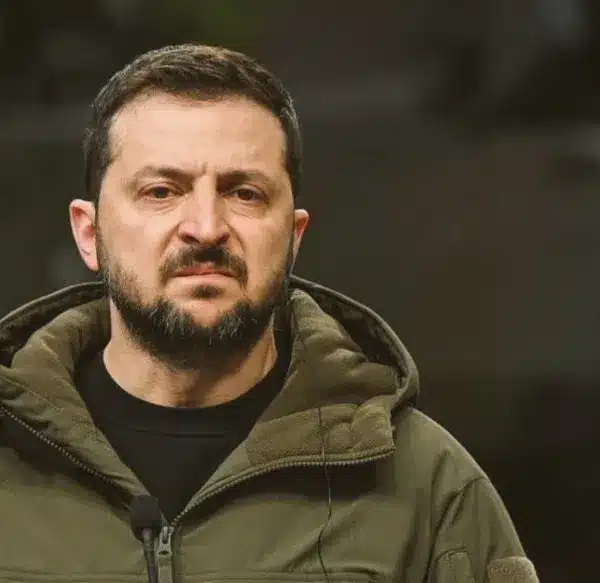
www.dailywire.com
Minnesota College Tries To Block ICE From Arresting Illegal Immigrant Sex Offender, DHS Says
Administrators from a university in Minneapolis tried to block ICE from arresting an illegal immigrant sex offender roaming their campus, according to the Department of Homeland Security.
Federal immigration agents located Jesus Saucedo-Portillo, who also had a past arrest for a DWI, on Saturday as he was getting into his car at Augsburg University. The officers were quickly met by a school official and campus security who “attempted to obstruct the arrest,” DHS said on X Monday.
ICE officers told the school officials that they had a warrant for Saucedo-Portillo’s arrest, but a university administrator told them that they were “violating university policies,” DHS said.
“Our officers informed them that federal law supersedes any University policy and that if campus security would not stop blocking the law enforcement vehicle from exiting, they would be obstructing justice,” DHS said.
Still, the school administrator “continued” to block ICE’s vehicle, ordering campus security to stand in front of it, according to DHS. ICE was able to “use the minimum amount of force necessary” to arrest Saucedo-Portillo.
School officials claimed that “masked ICE agents” showed up on campus and targeted an undergraduate student while also confronting individuals outside of a dorm, according to Fox 9. The feds, they said, pointed their weapons at students and school officials.
“They aimed weapons at witnesses that included staff and students while many more students watched from their windows,” an Augsburg spokesperson wrote. “These tactics, with the implicit threat of violence, are unacceptable, dangerous, and profoundly disturbing.”
“As an urban university, Augsburg has long-standing, professional relationships with local law enforcement, and we are accustomed to partnering closely on public safety issues,” the spokesperson added. “What happened on December 6 was far outside the scope of our normal experience. Our focus in the wake of this traumatic incident is on the safety and well-being of our campus community. Now more than ever, our mission of education is critical to the healthy functioning of a free, democratic society.”
On December 6, ICE officers arrested Jesus Saucedo-Portillo, a criminal illegal alien while he was getting into his vehicle. He is a registered sex offender and has a previous arrest for driving while intoxicated.⁰⁰A university Administrator and campus security attempted to… https://t.co/Tyqz6PkOEz pic.twitter.com/7ftuCI6quO
— Homeland Security (@DHSgov) December 8, 2025
Minneapolis Police Chief Brian O’Hara said his officers received “at least two 911 calls” that there were “people with guns” on campus.
“Police officers from the first precinct responded, and they were able to confirm with the university public safety officials there that there had been some federal law enforcement there and they had left prior to the arrival of the police,” O’Hara told Fox 9.
“They’re really scared, both the American citizens are afraid as well as people who have simply lived here and been contributing to the community for many years,” he said.
The Trump administration deployed more than 100 ICE agents from across the country to Minneapolis after it emerged that dozens of Somali fraudsters in the sanctuary state allegedly stole billions of welfare funds, funneling the cash through fake nonprofits and shell companies back to Somalia — and even the Somali terrorist group Al-Shabaab.
In response, Democratic Minneapolis Mayor Jacob Frey signed an executive order preventing ICE from operating on city-owned parking lots, ramps, garages, and vacant lots, according to Fox 9.












